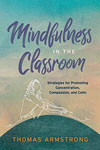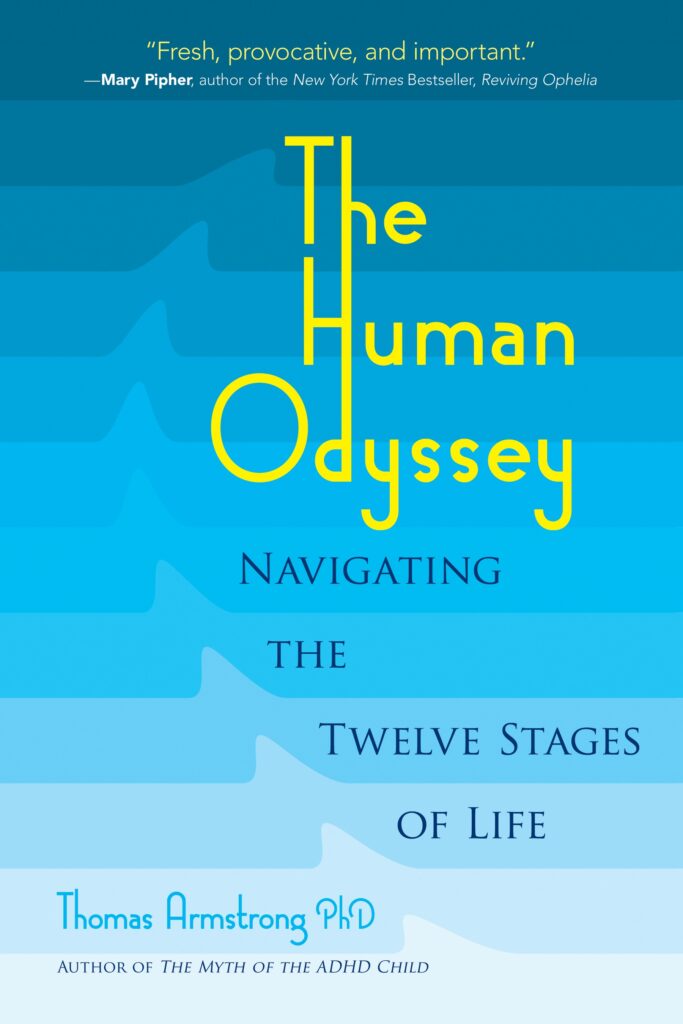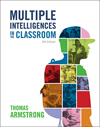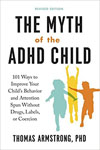Researchers have discovered a link between the dopamine D4 receptor 7R allele gene (which has been linked to novelty seeking), and a group of adolescent boys with ADHD. There is an element of semantics in this, because the D4 gene has also been called the “risk-taking” or “thrill-seeking” gene. In any case, this gene has been associated with behaviors that involve going beyond the status quo, exploring new territory and taking risks that may produce significant rewards.
ADHD author Thom Hartmann has used the term “Edison gene” in a recent book, after Thomas Edison, who was constantly seeking novel solutions to difficult scientific and technological problems. Hartmann and others have suggested that this gene was very important in prehistoric times (it has also been called the “hunter’s gene”). A hunter needed to be always active (hyperactive), always on the alert (hyper-sensitive), and always exploring new terrain for food or to locate predators. He needed to be willing to risk his life to preserve his clan or discover new sources of sustenance.
New research indicates that this gene may have been linked to better health among wandering tribesmen, but may have caused malnutrition in their more sendentary cousins. Thus, the gene was beneficial or harmful depending upon the environment in which the individual with the gene found himself. This is a a fascinating discovery, because it suggests that genes by themselves do not create behaviors, but rather it is a gene in a specific environment that determines the behavior. In today’s world, one only has to think of ADHD boys sitting in a traditional classroom reading textbooks, to realize that there can be a mismatch between genes and particular settings.
Let loose out on a playground or in a park, however, the boys are more likely to be act in congruence with the green setting and be less likely to stick out. Recent research does indicate that children labeled ADHD are quieter when they are in “green” settings (parks, forests etc.). What this suggests is that parents and educators should seek appropriate niches for G4 gene kids with the ADHD label to minimize their disruptive behaviors. In particular, they should be allowed to play more often.
For more information about ADHD and creativity, see my book The Myth of the ADHD Child, Revised Edition: 101 Ways to Improve Your Child’s Behavior and Attention Span Without Drugs, Labels, or Coercion
This article was brought to you by Thomas Armstrong, Ph.D. and www.institute4learning.com.
Follow me on Twitter: @Dr_Armstrong



















